The surrounding area
We are standing in the northernmost part of Mendrisio town centre, in one of the oldest areas. It used to be the hub of religious life in the town thanks to the Convent of the Padri Serviti, which today houses the Art Museum. Hidden away in the districts of San Giovanni and Santa Maria are particularly prestigious buildings, such as the Casa Maggi at 20 Via Vecchio Ginnasio and the sixteenth-century building at number 23, with its ancient painted coats of arms. The churches of San Giovanni and Santa Maria are also important for the historical Processions: the materials for the scenery and choreography are kept in special rooms that are opened up for the Easter festivities.
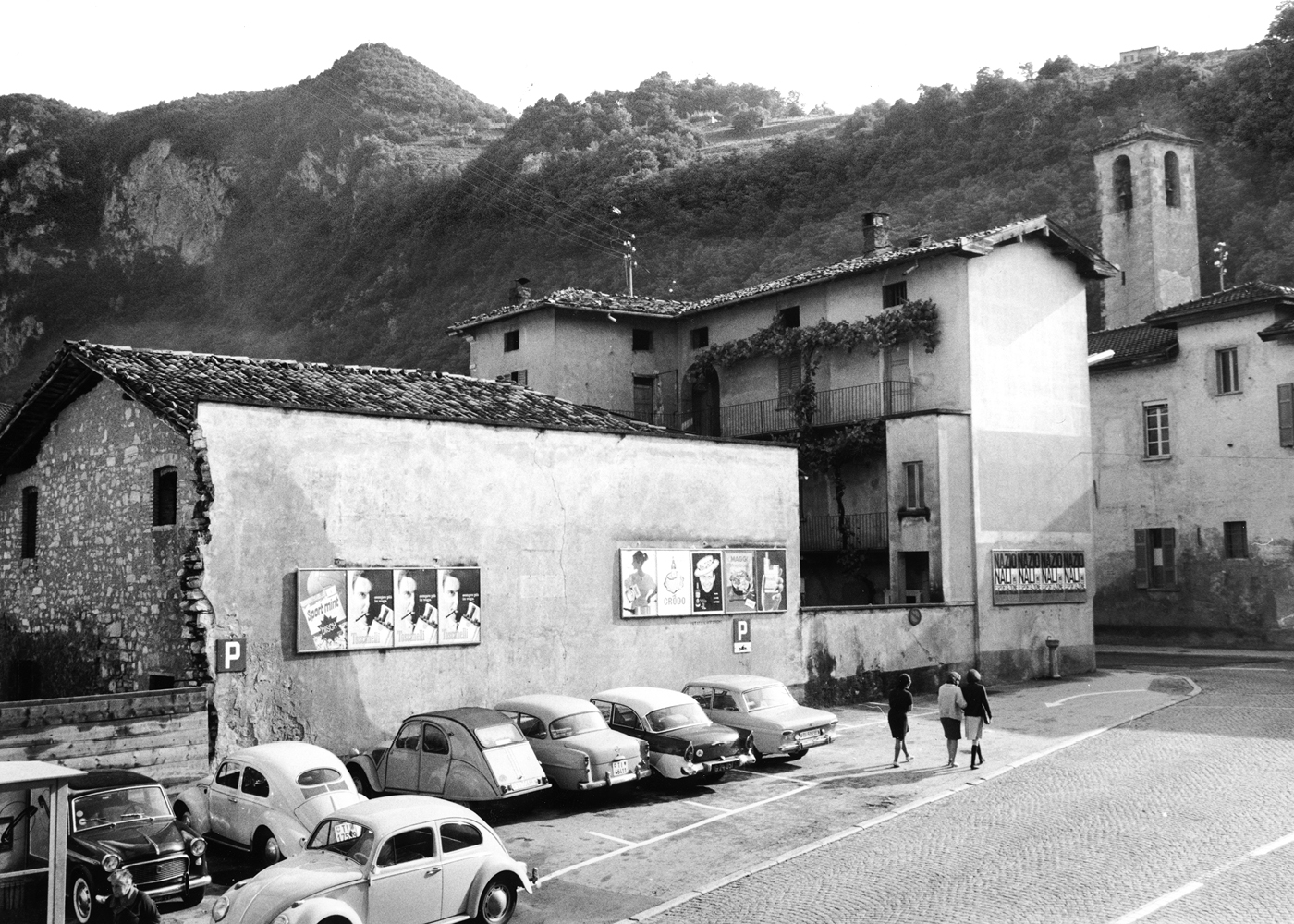
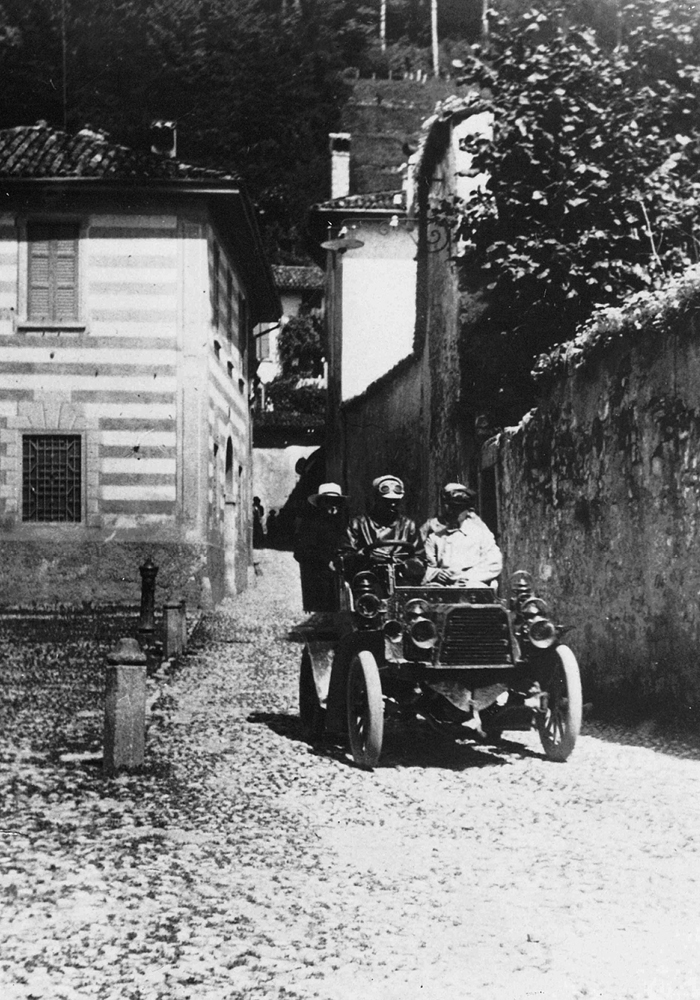
Processions and Transparents
The Holy Week Processions in Mendrisio, recognised as an intangible cultural heritage by UNESCO in 2019, are a living tradition that takes place on Easter Thursday and Friday through the streets of the town. For the occasion, the town is illuminated by the light of the “Transparents”, translucent paintings on canvas that depict episodes from the Bible. These processions, which date back to the second half of the seventeenth century, represent the Passion of Christ with hundreds of figures, knights, and Roman soldiers. The Museo del Trasparente, housed in Casa Croci, is dedicated to this extraordinary artistic heritage and offers visitors the chance to closely examine the precious objects to study how they were made.
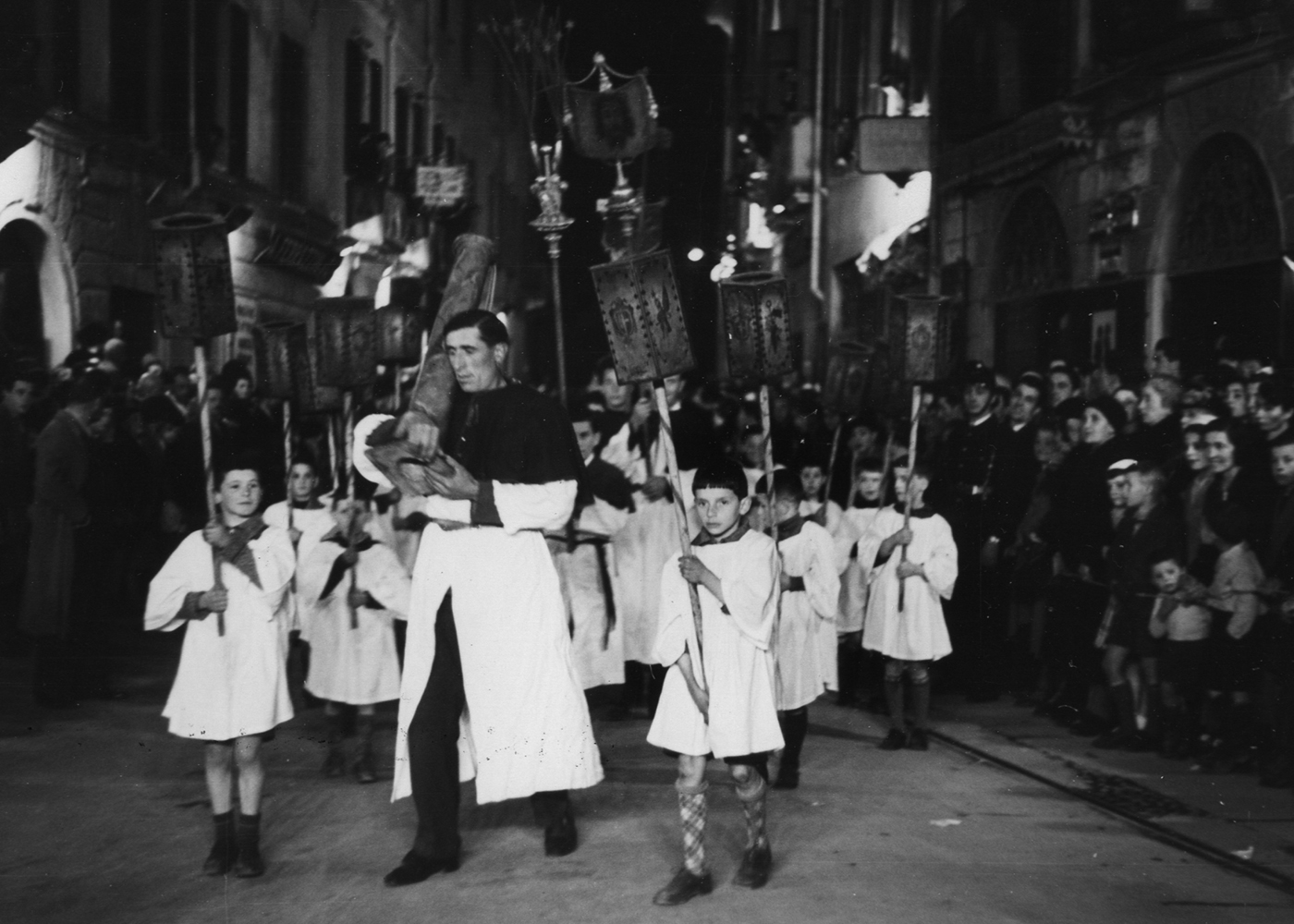
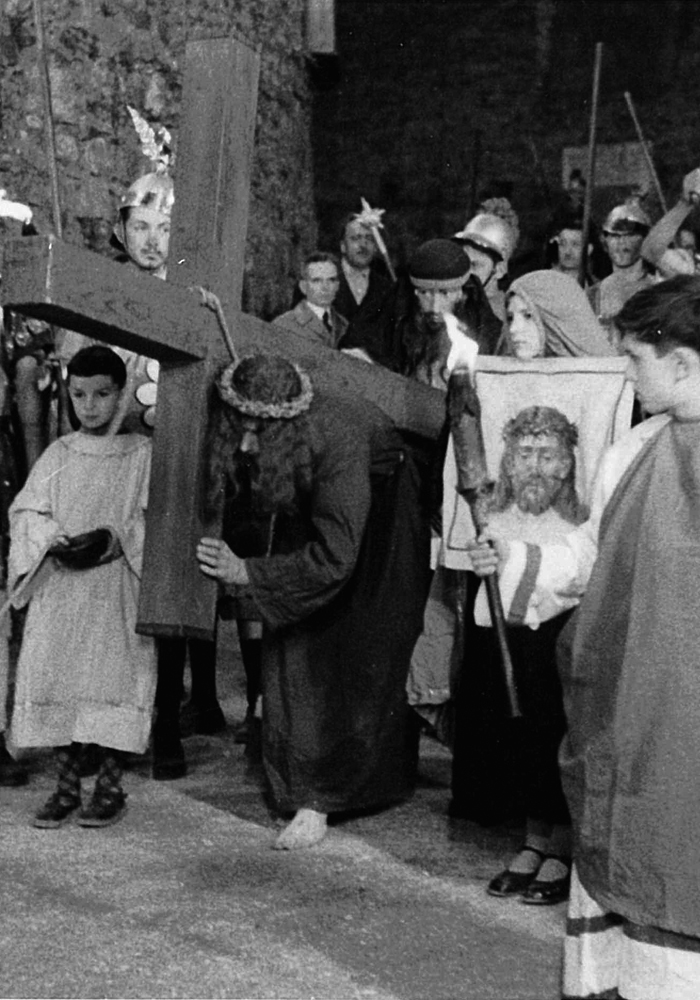
The Art Museum
The Convent of the Serviti order was built in 1447 on the site of a former hospice for pilgrims and the sick, and a beautiful cloister surmounted by a brick bell tower is still preserved there. Under the portico, you can see a fragment of a mosaic belonging to an ancient Roman villa discovered not far away, next to the church of Santa Maria in Borgo. Since 1982, the first floor has housed the Art Museum with its extensive collection of over 4,000 works, ranging from the sixteenth to the twentieth century and documenting the precious local art history. Among these works, the paintings of Pietro Chiesa stand out, who was one of the major Ticino painters active between the end of the nineteenth century and the first half of the twentieth century.
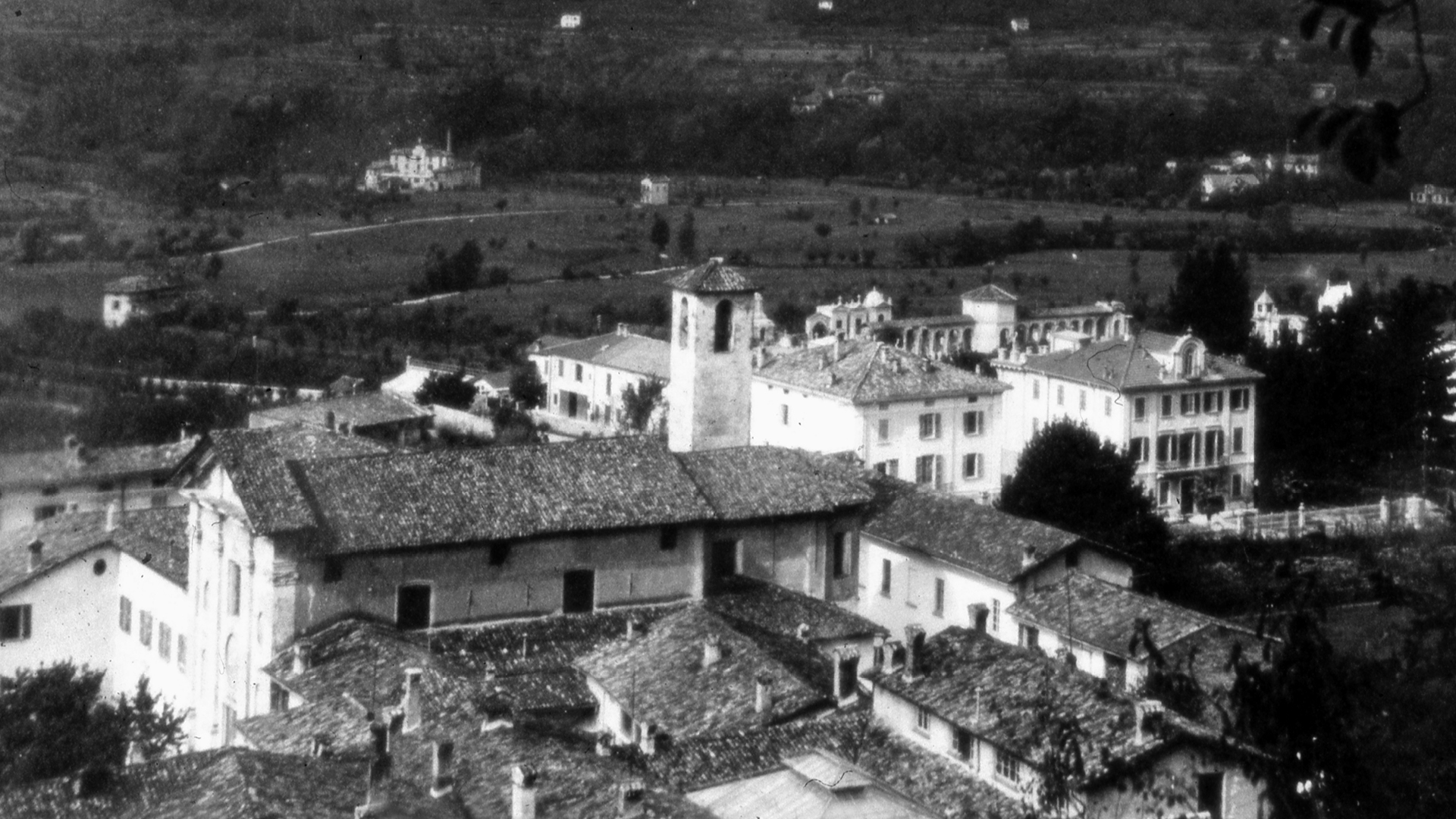
The door of San Giovanni
At one time, Mendrisio was smaller than it is today. The northern entrance was the door of San Giovanni, which is still visible today to the right of the Oratory of the Madonna delle Grazie. Inside the archway, you can still see the old hinges of the double-leaf door that was opened at night. The door was guarded by armed guards: in times of war, soldiers looting villages had to be stopped, and during epidemics, infected people had to be prevented from entering Mendrisio. Originally, the entrance to the town was moved a little further north, perpendicular to the façade of the oratory.

Meet Morsetta
Hi,
I’m Morsetta, the young explorer of the Region to be discovered. Play with me to discover some interesting things about Mendrisio…
Go and admire the old Convent of the Servite Fathers. It takes its name from a confraternity that came to Mendrisio in 1451. The Mendrisio Cantonal Gymnasium was also located here for many years.
